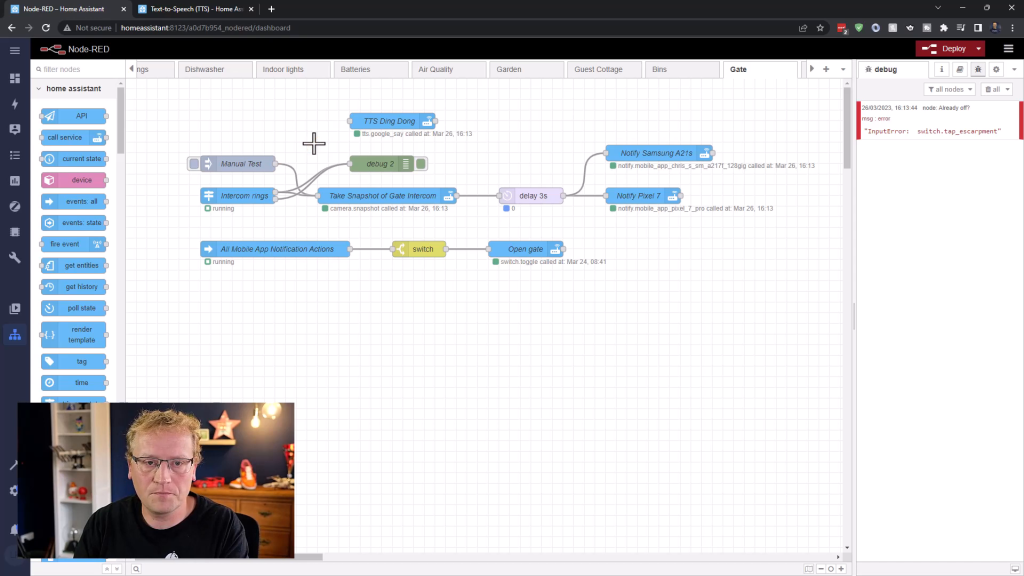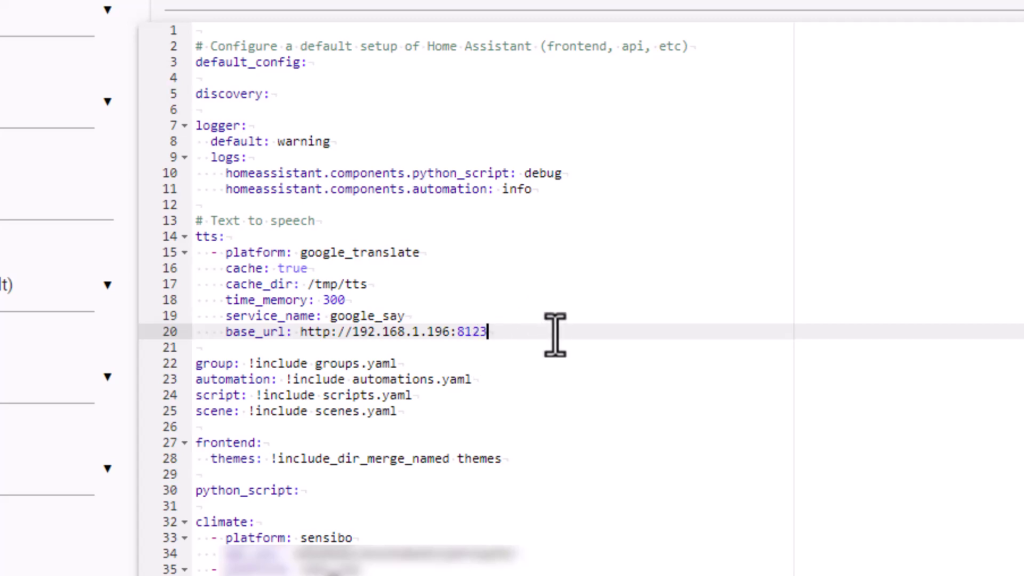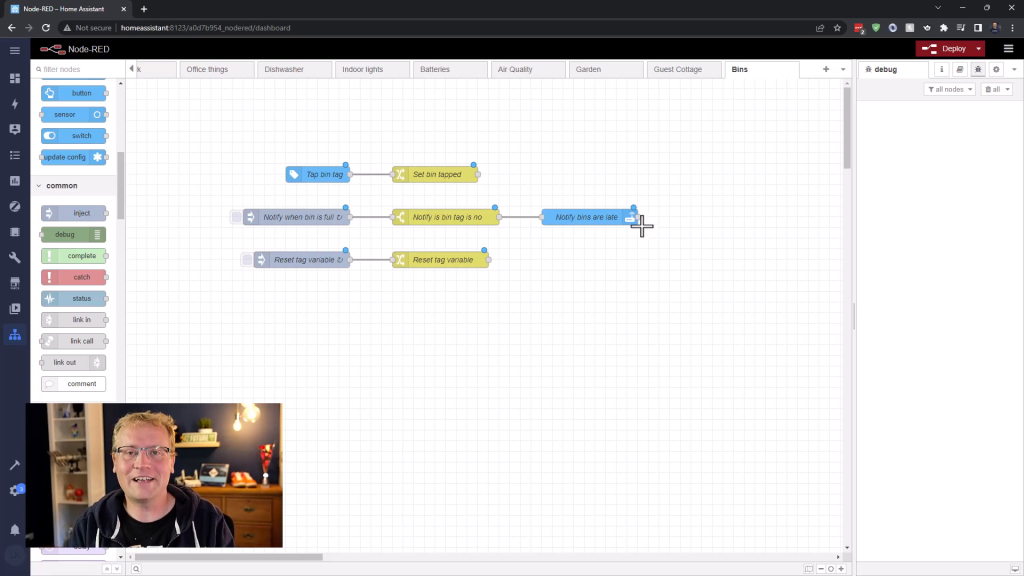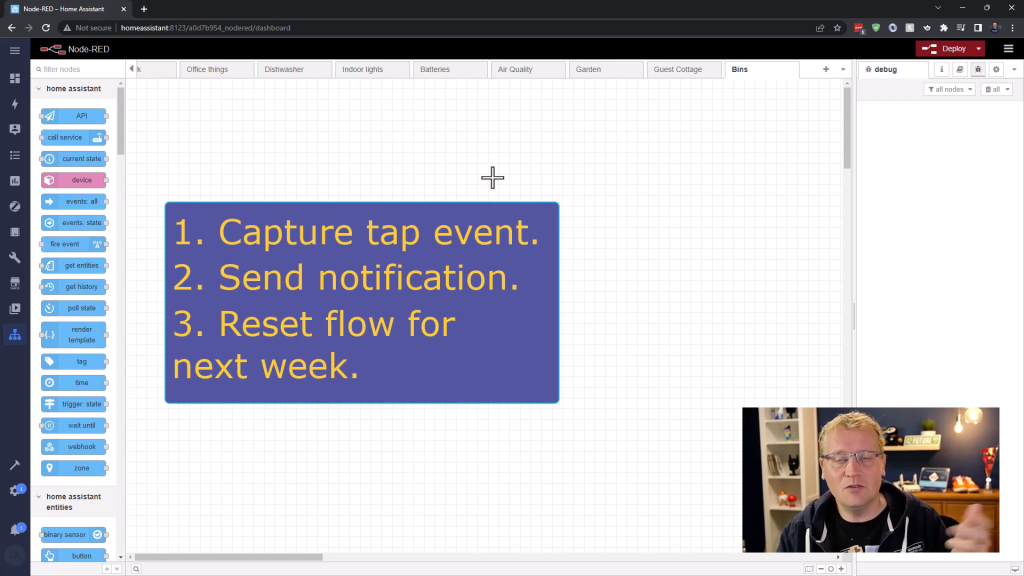TL;DR: I am writing a book, Microsoft Azure in Action, which is now available in early access.
I don’t know about you, but I have goals I want to achieve and barriers I want to break down. It is like an itch that won’t go away. You can ignore it for a while, but no matter what ideas and remedies you come up with to subdue it or make it go away, nothing works like scratching it. I have it like that with writing a technical book. It is a goal I have, it is an itch I need to scratch. In the past 10 years I have started writing a book twice and not finished it either time. And the itch is still there. I have tried coming up with excuses that it probably isn’t for me and that I need to focus on other projects. And the itch is still there. I have told myself that no one buys books anymore, and to stick to creating video content that I am good at and do every day. And the itch is still there.
So, I am at it again. This time I am signed on with Manning Publishing to write a beginner to intermediate book on Azure that covers fundamentals, practical examples and a whole bunch of services and features. Microsoft Azure in Action has virtual machines, storage and networking of course, as they are the foundation of any cloud platform, but also security, DevOps, databases, serverless, performance, big data, caching and much more, is covered.

As important as it is to cover all the most fundamental things in Azure, it is equally important for me to write a book that doesn’t bore you to death. I use humour, amazing diagrams, annotation and any other kind of trick I can find, to make sure the reader has a both educational and enjoyable journey. As I am finding out, writing a book is crazy hard, and I am way out of my depth. I have taken forever to write the first few chapters, as my mental space battles other projects, Lego, procrastination, family commitments and many other things. But it is out now for you to buy in an early access preview, and I need your help. The more people that invest in the book, the more I will feel the urgency to not only get the chapters done on time, but also to write the most engaging and educational book on Azure on the market, just for you.
If you want to get involved by joining the Manning Early Access Program (MEAP) and tell me what you like and don’t like, I’d be extremely grateful for your support.






